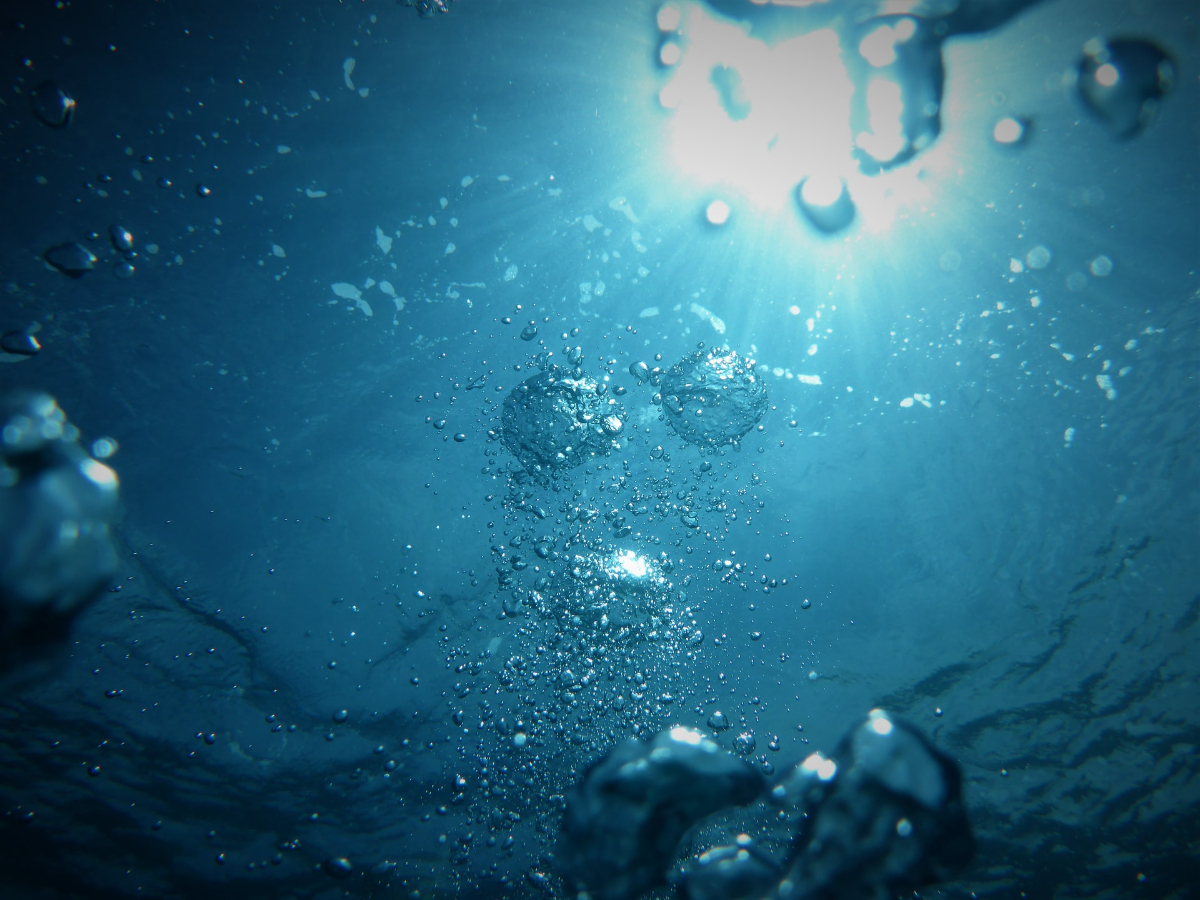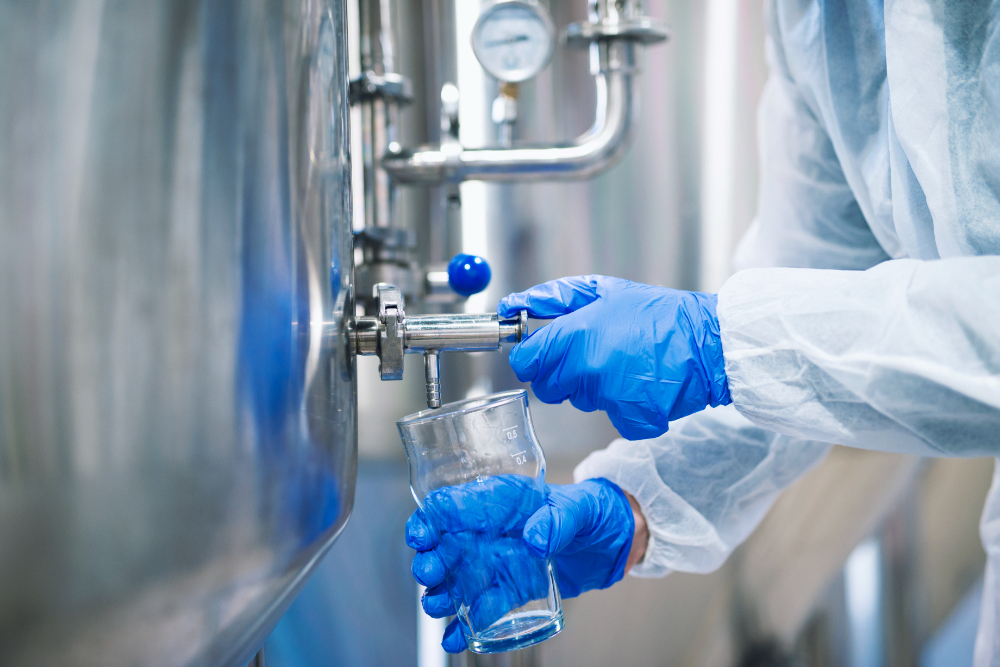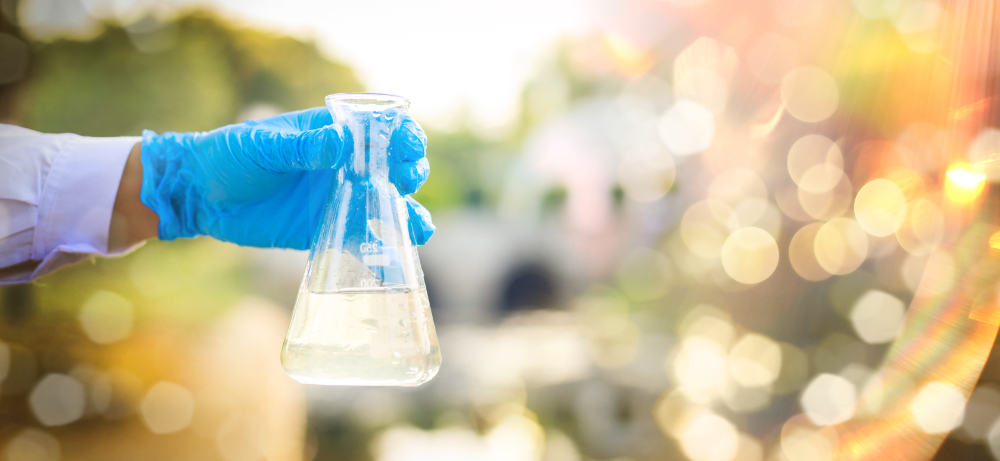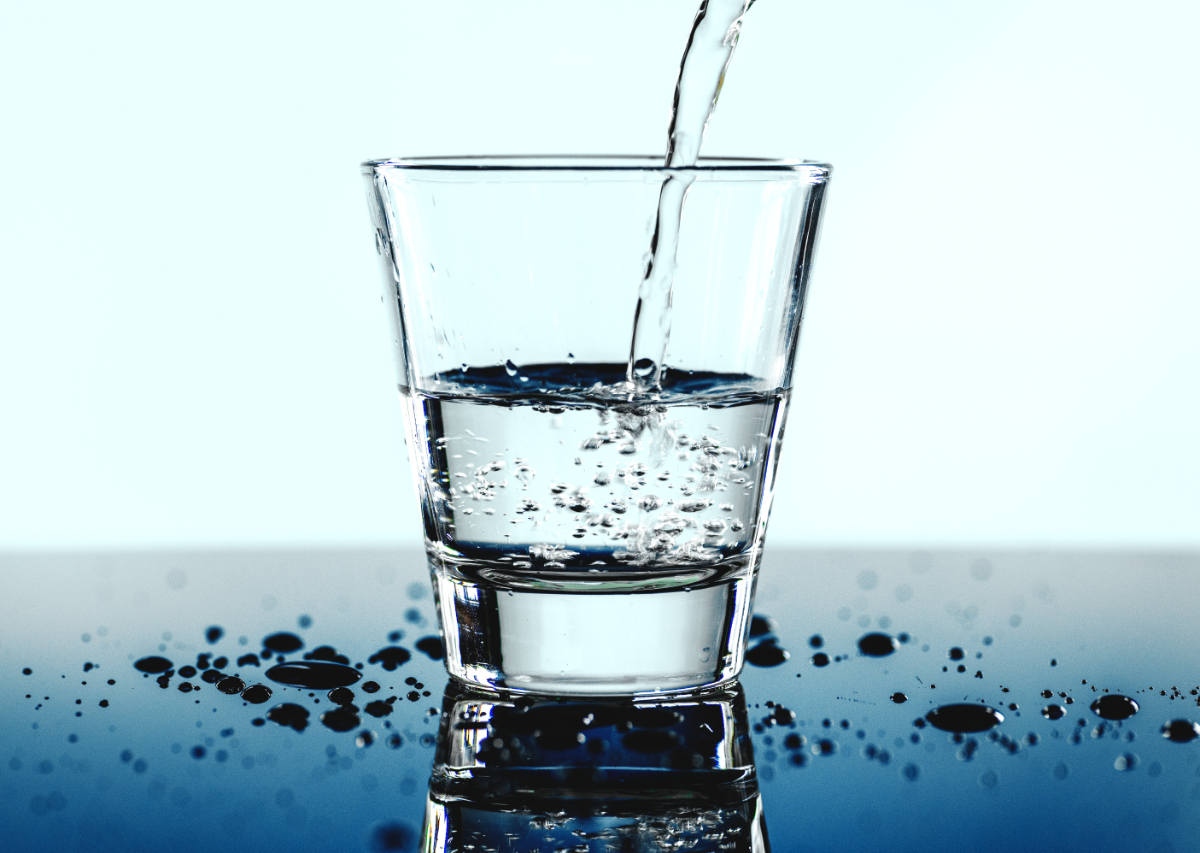Why Are Water Chlorination Services Important?
Water chlorination services are crucial due to the potential health risks associated with consuming contaminated water. Contaminated water can lead to severe health problems such as diarrhoea, stomach cramping, nausea, and dehydration.
Water chlorination helps eliminate the effects of various contaminants, including lead, pesticides, radon, parasites, and viruses, which may be present in the water supply without any discernible taste or odour. By utilising water chlorination services, these harmful substances can be effectively targeted and reduced, minimising the risk of adverse health effects.
Chlorination is an essential step in comprehensive water purification processes employed by treatment facilities, ensuring the safety of public health and preventing the transmission of waterborne diseases. It is a proactive approach that guarantees clean, pure, and microorganism-free drinking water.
By implementing reliable water chlorination services, we prioritise the well-being of individuals and communities by ensuring the safety and quality of our drinking water.

What is Water Chlorination?
Water chlorination is a vital process that focuses on eliminating harmful bacteria from water sources. It finds application in various settings where water is used, such as irrigation systems, swimming pools, pipelines, and water storage tanks.
The primary objective of water chlorination services is to eradicate bacteria present in water storage vessels like tanks and bowsers. Regular testing, usually conducted every 24 hours, ensures that the water intended for human consumption remains safe and free from contamination.
Chlorine is the primary chemical used in water chlorination due to its effectiveness in reducing or eliminating contaminants found in drinking water. Through carefully controlled dosages of chlorine, water chlorination services disinfect the water supply, reducing the risk of waterborne diseases.
It is essential to entrust water chlorination to experienced professionals who adhere to guidelines and regulations. Regular monitoring and maintenance are crucial to maintain appropriate chlorine levels and ensure continuous disinfection of water systems.

What does Water Chlorination Prevent?
Water chlorination plays a crucial role in preventing water contamination and safeguarding public health. Water from various sources, such as lakes and wells, can be susceptible to germs and disease-causing microorganisms that pose health risks.
Additionally, as water travels through extensive piping networks, it may encounter potential sources of contamination. To address these concerns, water companies introduce a disinfectant, typically chlorine or chloramine, into the water supply to eliminate disease-causing germs like Salmonella, Campylobacter, and norovirus.
Chlorine and chloramine serve as the primary disinfectants employed in public water systems. Individuals can determine the presence of a disinfectant, the specific type used, and compliance with disinfection regulations by accessing their utility's consumer confidence report.
Most communities rely on either chlorine or chloramines as their preferred disinfectants. Some communities alternate between chlorine and chloramines based on seasonal variations or operational requirements. Less frequently, alternative disinfectants like chlorine dioxide may be used.
However, certain water systems that draw from groundwater sources, such as community wells, may not necessitate the addition of a disinfectant.
Water chlorination effectively mitigates the risk of waterborne illnesses and curbs the proliferation of harmful germs. By implementing this essential process, the safety and quality of drinking water are assured, promoting the well-being of individuals and communities.

When is a Chlorination Needed?
Chlorination is required in several situations to maintain the safety and compliance of water systems. It is important to understand these instances to prevent issues and ensure the integrity of the water supply.
One essential requirement for chlorination is prior to connecting new pipework to the mains supply. Failure to perform chlorination may lead to water utilities refusing the connection. This step is crucial for preserving the quality and cleanliness of the water supply.
Chlorination is also necessary when there is suspected contamination in the water supply, whether from incidents or system breaches. It effectively addresses the issue and restores the safety of the water.
If pipework or welfare units have been unused for an extended period, chlorination is necessary before reactivation. This precaution eliminates any potential bacteria or accumulated contaminants.
New build properties and the installation or maintenance of sprinkler systems also require chlorination to establish a safe and compliant water system.
It is important to consult the utility company for specific chlorination requirements and the expected level of certification before proceeding. By adhering to these guidelines, chlorination can be carried out effectively, ensuring the safety and quality of the water supply.

Chlorination for New Installations
Chlorination is crucial for controlling water hygiene during new installations, major extensions, and water system alterations. Disinfecting and chlorinating water systems are essential to ensure water quality and safety.
Under the Water Supply (Water Fittings) Regulations 1999 (SI 1999, 1148), disinfection of pipework is mandatory before connection in new installations. Water supply companies have strict requirements and refuse to connect newly laid mains supply pipes until disinfection is carried out.
Dormant water systems are also susceptible to dangerous bacteria growth, particularly Legionella if pipe work is left stagnant. Proper chlorination helps mitigate these risks in areas such as dead ends, dead legs, and large water tanks.
Adhering to chlorination guidelines is crucial for establishing safe and compliant water systems in new installations.

Water Chlorination Process
The water chlorination process involves essential steps to ensure the safe transportation and delivery of water. Before reaching the site, thorough measures are taken to maintain water quality and prevent contamination.
Initially, the transport vehicle is cleaned and chlorinated at the depot by adding chlorine to the water. The operative fills the vehicle and conducts tests to ensure its suitability before departure.
The amount of chlorine added depends on the detected impurities, known as the chlorine demand. After this process, the water is tested again to meet British standards (BS8551 and BS8558).Upon arrival at the site, it is crucial that the tank receiving the water is suitable for drinking water. This includes the pipework responsible for transferring water from the vehicle to the tank.
Unchlorinated pipes would compromise the entire process, as they may contain algae and bacteria, contaminating the water. By following the water chlorination process meticulously, from cleaning and chlorinating the vehicle to ensuring suitable pipework, the risk of contamination is effectively minimised.
Note that specific protocols may vary based on regional regulations. Consulting relevant authorities and professionals is recommended to ensure compliance with local guidelines and standards.
